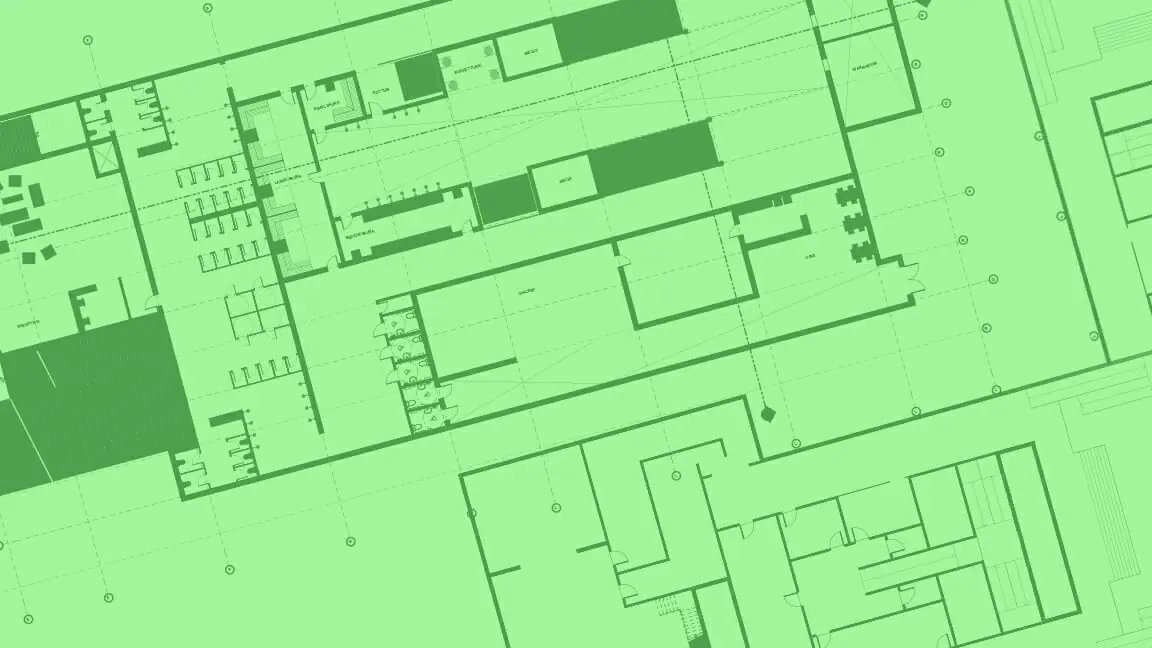Dalhousie’s architecture students are pushing for greener and more sustainable designs in their field.
Supernatural Design Collective, a group started by several Dalhousie architecture students, looks at how architects can incorporate elements of design that limit or reverse their contributions to the climate crisis.
Since its formation in early 2019, the collective has hosted several workshops and discussion meetings. The participants included academics and professional architects coming in to discuss what’s being done in the field.
“We have a lot of questions about the state of architecture, and how to move forward in a profession where the industry is really perpetuating a lot of greenhouse gas emissions,” said Supernatural Design Collective co-founder Laure Nolte.
According to a report from Canada’s Environment and Sustainable Development Committee, buildings are responsible for 12 per cent of the country’s greenhouse gas emissions, which is more than agriculture or waste.
Most of those emissions come from the energy needed to build, heat, power and tear down a building. Nolte says that’s something the group has been responding to during their meetings.
Building a movement
Last month, students from McGill University officially formed the second chapter of the collective.
Nolte says the addition of McGill students could be the first step in creating a country-wide network of students, academics and professionals. They have a common goal: to foster a more environmentally responsible practice of architecture in Canada.
The Dalhousie group has also heard from students at Athabasca University in Alberta, and Waterloo University in Ontario.
For Nolte, one desire from early on was to get architecture students from across Canada talking about the future of architecture in light of the climate crisis. She says a broader discussion could change the way future architects think about design.
“There may be issues that other schools are grappling with that we haven’t even talked about,” said Nolte, “or things that we’re talking about that other schools haven’t talked about.”
She also says it would be most valuable to “have a platform that shares theses and research and allows architecture students and design students to have these critical conversations online.”
Remy Fortin, head of the McGill Supernatural chapter, was having these discussions in and outside of the classroom before he got in contact with the students at Dalhousie.
He says he and his classmates agreed architecture must change to meet the problems posed by the current climate crisis. Many current designs, Fortin says, are based on outdated thinking.
“It was very much about people travelling in cars and heating buildings without thought of costs,” he said. “Whereas now, climate change is exposing the facts that the energy paradigm has shifted. We need to come up with new forms of design and we cannot stick with the old ones.”
The Dalhousie and McGill chapters of Supernatural were meant to hold simultaneous workshops connected by video chat in March, but had to cancel due to COVID-19 related complications.
Fortin says he hopes to reschedule eventually and try to collaborate on a group manifesto that will outline the goals of Supernatural Design Collective. The manifesto would be a jumping-off point for students at other schools to begin their own discussions about architecture and the environment.
“We are going to be the architects of tomorrow,” said Fortin. “If we really want to make changes in the world and work against climate change we need to get that conversation going.”
Photo design by Kenzie Dockrill.


Recent Comments